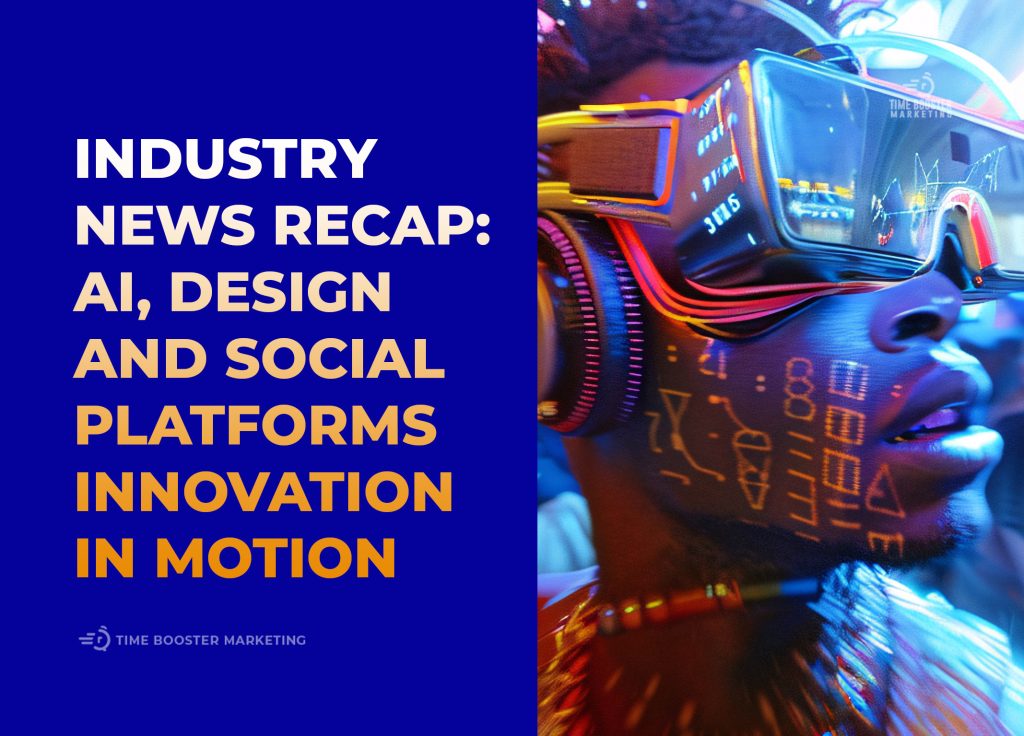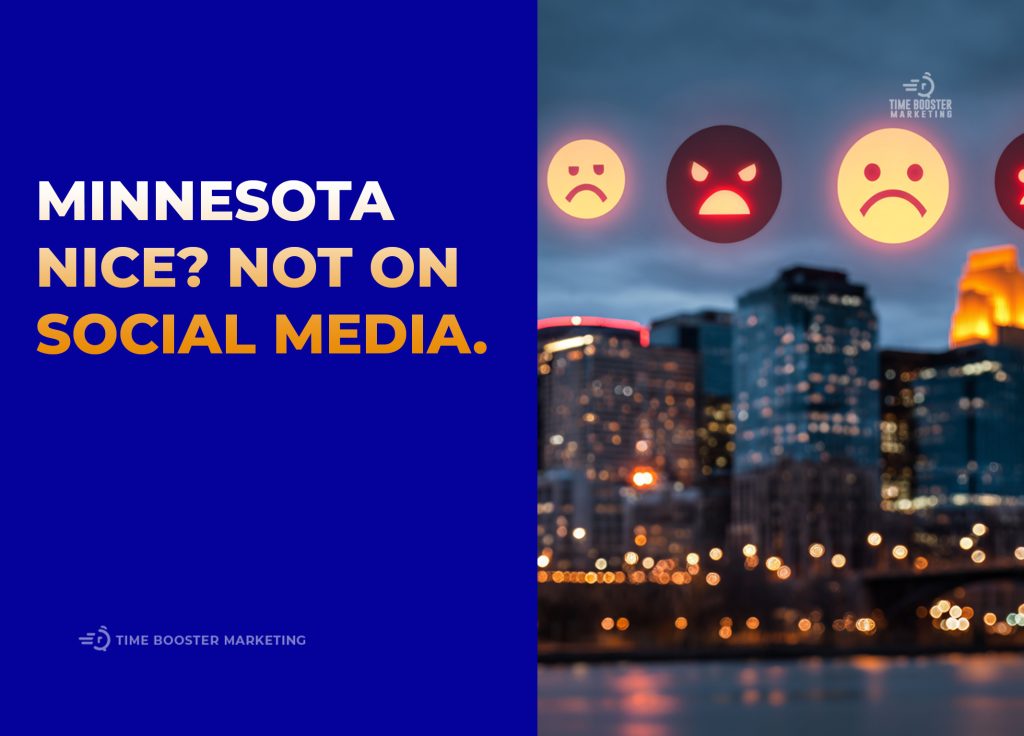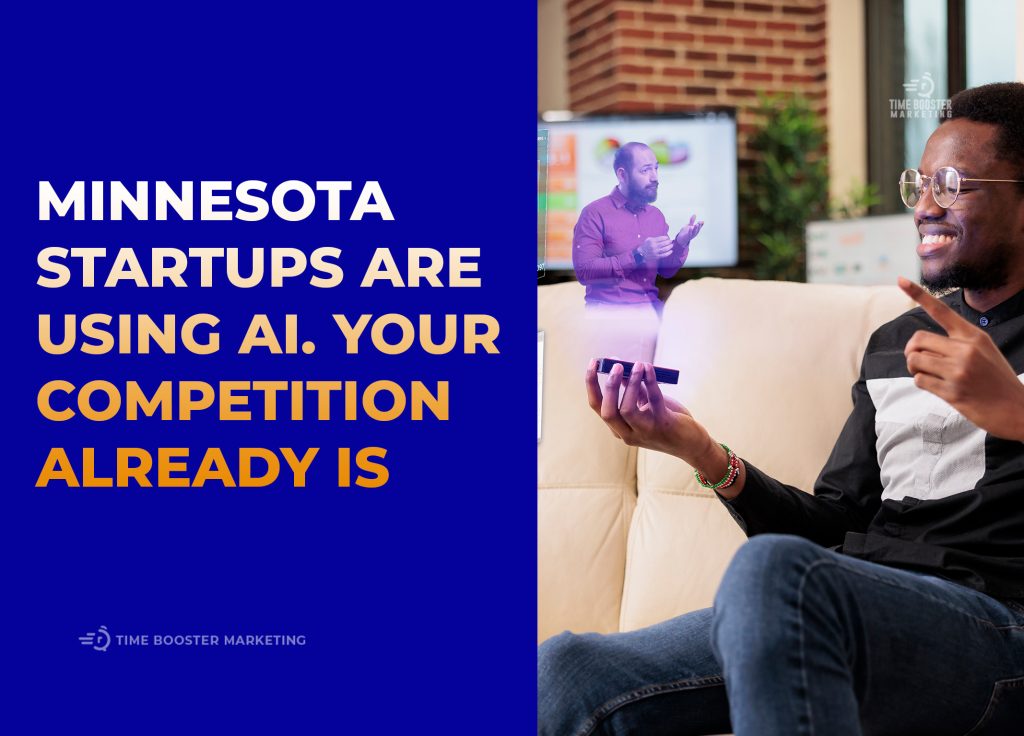Imagine asking a question and getting a precise, well-structured answer instantly—without sifting through dozens of pages. AI agents make this possible.
Unlike traditional search engines that only retrieve information, AI agents analyze, organize, and personalize responses in real time. They don’t just find answers; they understand intent, streamline tasks, and adapt to individual needs.
This article explores:
- How AI agents revolutionize customer experiences with real-time personalization.
- The key frameworks that power AI-driven automation.
- How multi-agent systems work together to solve complex tasks efficiently.
AI agents are shifting us from passive information retrieval—where users manually gather and interpret data—to active problem-solving, where information is delivered seamlessly and contextually relevant.
Industry leaders have already recognized the impact AI agents will have on the future of search and digital interactions:
- Satya Nadella: AI agents will anticipate user needs and provide seamless assistance.
- Bill Gates: AI agents are the most significant software shift since graphical user interfaces.
- Jensen Huang: IT teams are managing AI agents much like human employees.
- Jeff Bezos: AI agents act as digital copilots, enhancing daily workflows.
- Gartner: By 2026, search engine volume will decline by 25% as AI chatbots and virtual agents take over customer interactions.
For businesses, this is a massive opportunity—AI agents can act as intelligent virtual teammates, enhancing efficiency, boosting engagement, and delivering hyper-personalized experiences.
As AI evolves, we’re moving beyond searching for information and stepping into an era where AI agents proactively gather, process, and deliver insights tailored to our needs.
The Core Structure of AI Agents
To understand how AI agents function, we need to break down their key components.
The Four Layers of an AI Agent
- Foundation Layer – The base AI model (e.g., LLMs) that processes language and context.
- Application Layer – Tools and platforms that retrieve real-time data and interact with external sources.
- Management Layer – Handles planning, task execution, and feedback loops.
- Data Layer – Stores memory, past interactions, and structured information.
Each layer contributes to an AI agent’s ability to retrieve, process, and deliver highly relevant responses efficiently.
How AI Agents Work
- Memory: Retains past interactions to provide contextual responses.
- Tools: Retrieves real-time data and integrates with external databases.
- Planning: Breaks down complex tasks into actionable steps.
- Actions: Executes tasks based on insights from LLMs and other sources.
- Critique: Evaluates outputs, refining them for accuracy.
- Persona: Adapts its role dynamically—acting as a research assistant, content writer, or customer support agent.
Frameworks for Building AI Agents
Various frameworks exist for developing AI agents, each suited for different needs:
- AutoGen (Microsoft) – Conversational AI and task automation.
- CrewAI – Designed for collaborative multi-agent systems.
- LangGraph – Uses graph-based models for structured agent interactions.
- Swarm (OpenAI) – Optimized for education and experimentation.
- LangChain – A popular framework integrating AI agents with real-world applications.
The choice of framework depends on the use case, complexity, and scalability of the AI system.
The Power of Multi-Agent AI Systems
Instead of relying on a single AI model, multi-agent systems allow multiple specialized AI agents to collaborate efficiently.
For example, in AI-powered customer support, different agents handle specific tasks:
- Query Processing Agent – Breaks down user questions.
- Retrieval Agent – Fetches relevant data.
- Validation Agent – Ensures responses align with brand voice and accuracy.
- Formatting Agent – Structures the output for better readability.
This structured approach ensures more accurate, personalized, and context-aware responses—creating an effortless experience for users.
Why AI-Powered Personalization Is the Future
As businesses collect less third-party data and consumers demand real-time, tailored experiences, AI-powered personalization is no longer optional—it’s a necessity.
With traditional marketing strategies losing effectiveness, AI enables businesses to:
- Analyze behavior and predict customer intent.
- Deliver dynamic content tailored to each visitor.
- Adapt in real-time across search, social, email, and on-site interactions.
Unlike static personalization methods, AI agents learn continuously, refining their responses to meet user needs at every touchpoint.
How AI Agents Improve Search and Chat Experiences
The internet is no longer one-size-fits-all. AI agents are making search and online interactions smarter, faster, and more intuitive.
Search Agents
Traditional search engines rely on keywords and filters, which can lead to irrelevant results and frustration. AI-powered search agents:
- Understand natural language queries.
- Support voice, image, and multimodal searches.
- Reduce friction and boost engagement.
Chat Agents
Unlike outdated, rule-based chatbots, AI-driven chat agents can:
- Build detailed user profiles based on interactions.
- Analyze behavior and predict user intent.
- Offer real-time, hyper-personalized responses.
Businesses can implement industry-specific AI solutions, such as:
- Marketing automation agents – Optimize campaigns using AI-driven insights.
- Customer support AI – Provide instant, intelligent assistance.
- Finance & e-commerce AI – Manage risk assessment, inventory, and pricing strategies.
The Future: AI-Powered Personalization at Scale
Many businesses still treat personalization as a luxury. The truth? Without it, engagement drops, conversion rates shrink, and marketing costs skyrocket.
AI-powered personalization is the scalable, intelligent solution businesses need to stay ahead.
The brands that embrace AI-driven real-time adaptation will outperform those clinging to outdated, manual approaches.
We’re not just searching for information anymore. We’re stepping into a future where AI agents curate, optimize, and deliver insights tailored just for us.





